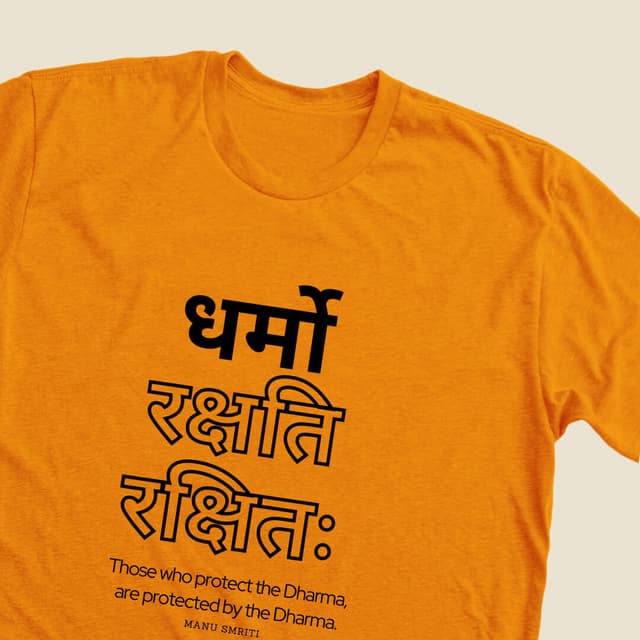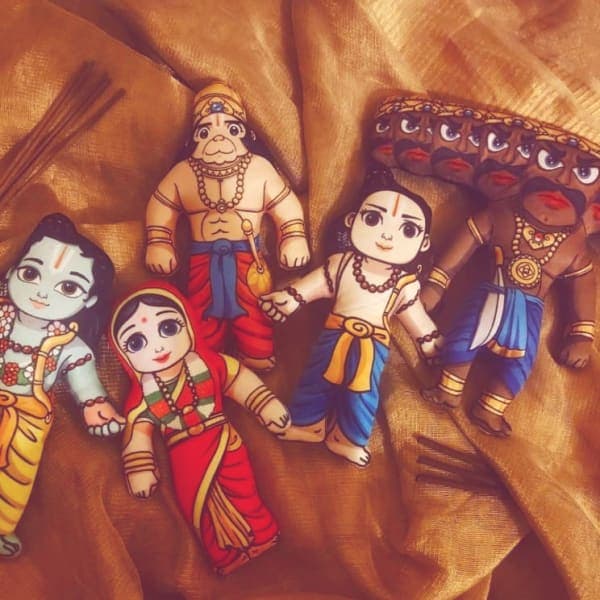Parabrahma Upanishad
The text is attached to the Atharvaveda, and is one of the 20 Sannyasa (renunciation) Upanishads. The Parabrahma Upanishad primarily describes the tradition of the sacred thread and topknot hair tuft worn by housesholders and why both are abandoned by Sannyasi after they have renounced for monastic lifestyle in the Hindu Ashrama system. The text asserts that knowledge is the inner sacrificial string of the renouncers, and knowledge is their true topknot. These wandering monks consider Brahman (unchanging, ultimate reality) as their inner "supreme string on which the entire universe is strung like pearls on a string". This repeated emphasis on knowledge and the abandonment of external dress and rituals in exchange for the inner equivalent of Atman-Brahman in this medieval era text is similar to those in the ancient Upanishads. The text is notable for its repeated and extended discussion of why Sannyasis renounce topknot and sacred thread they wear as householders. Their hair tuft and thread is no longer external, but internal, states the text, in the form of knowledge and their awareness of Atman-Brahman that threads the universe into unified oneness. The Parabrahma Upanishad links Bramha to consciousness of man when he is awake, Vishnu to his consciousness in dreaming state, Maheshvara (Shiva) to his consciousness in deep sleep, and Brahman as the Turiya, the fourth state of consciousness. The Upanishad calls those who merely have a mass of hair for topknot and visible sacred string across their chest as "pseudo-Brahmin" with hollow symbols, who aren't acquiring spiritual self-knowledge.
Chapter Description Not Available
Help us improve by contributing the description for this chapter.
Submit via WhatsApp...




